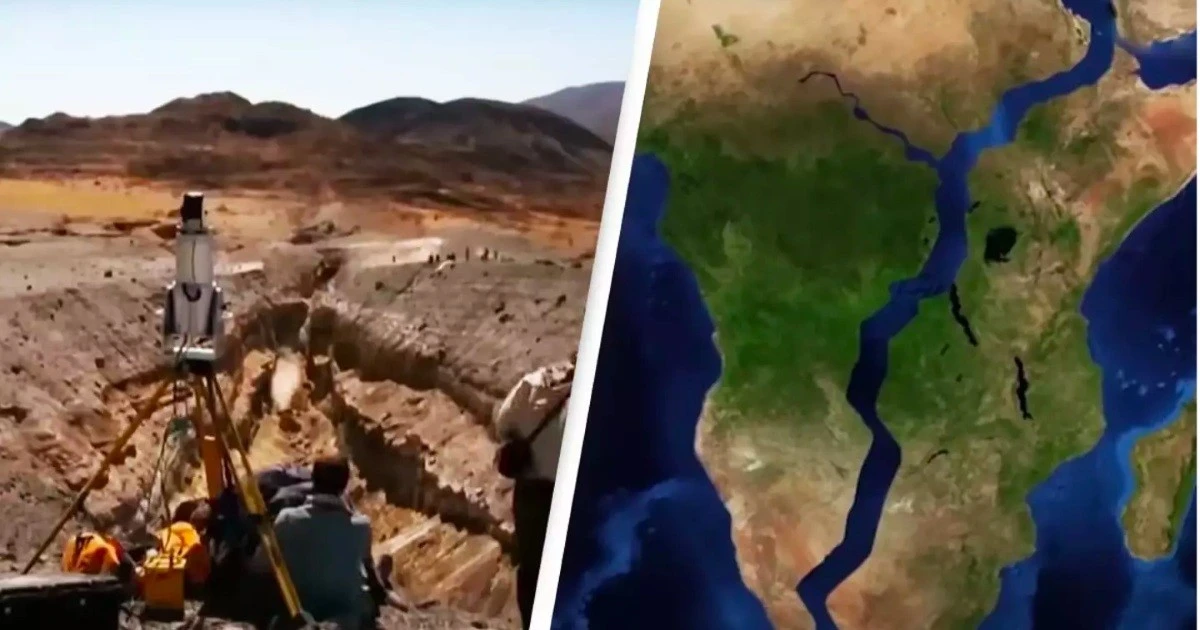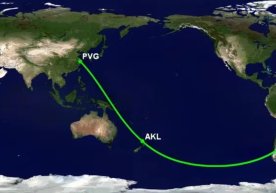
Today, humanity is increasingly uncovering the mysteries of many geological processes occurring on our planet. One such global mystery was the gradual splitting of the African continent into two. After years of research, an international team of scientists has revealed the cause of this strange and remarkable natural phenomenon. Interestingly, the reason for the continent’s separation was found to be a giant “hot spot” — a mantle plume rising from deep within the Earth.
This study involved scientists from Scotland, China, and Canada, and the results of their complex research were published in the scientific journal Geophysical Research Letters. As part of their wide-scale analysis, scientists closely examined neon isotopes obtained from Kenya’s Menengai geothermal field. Their main goal was to determine whether the African rifting was due to tectonic movement in the Earth’s upper crust or processes occurring deeper below.
According to the analysis, researchers found that the rocks and gases responsible for the rifting were rising from the Earth’s deepest layers — from the boundary between the mantle and the outer core, approximately 2900 km deep. This process was first observed beneath the Hawaiian Islands, and its discovery in Africa drew scientists’ attention.
The lead author of the study, Biying Chen, stated: “The neon isotopes we found exactly matched those previously discovered under Hawaii. This shows that there is also a large heat and energy source coming from deep inside the Earth here.”
According to the scientists, the process works like this: molten rocks from deep within the Earth rise to the surface, causing strong pressure and tectonic activity in the upper layers. These processes result in volcanic eruptions and the formation of huge cracks in the Earth's crust. Consequently, the East African Rift System (EARS), stretching about 3500 kilometers, is forming.
The rift system begins at the Red Sea and extends south to Mozambique. Scientists estimate that its formation has been ongoing for the past 35 million years and will continue for millions more.
They emphasize that this is not an instant event, but a slow, ongoing process. Eventually, the eastern part of Africa may completely break away and form a new, independent continent.
Using high-precision mass spectrometry, researchers observed consistent chemical traces across the region, proving the presence of a massive “superplume” beneath the continent — a singular, powerful source rather than multiple smaller ones.
These findings not only provide insight into continental separation, but also offer new knowledge about the formation of oceans on Earth. Scientists predict that waters from the Red Sea and Indian Ocean could eventually flood these rift zones and form a new — sixth — ocean.
It is worth noting that in recent years, giant cracks have been observed in the region, expanding annually. This serves as another confirmation of the scientists' forecasts.
In conclusion, scientists have uncovered another major secret in Earth’s geological history. The research helps us understand what future changes may occur on our planet.
Researchers now aim to explore these processes more deeply. The discovery related to Africa’s separation remains of great importance to humanity. Read “Zamin” on Telegram!
Ctrl
Enter
Found a mistake?
Select the phrase and press Ctrl+Enter Related news
Information
Users of Меҳмон are not allowed to comment this publication.
Users of Меҳмон are not allowed to comment this publication.














